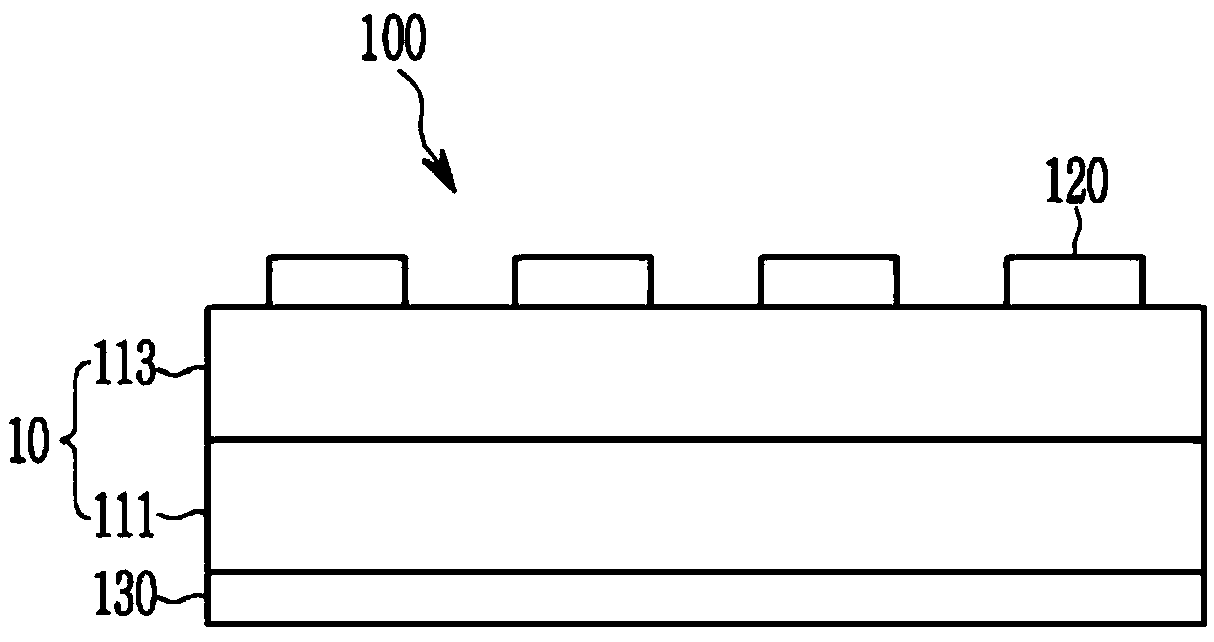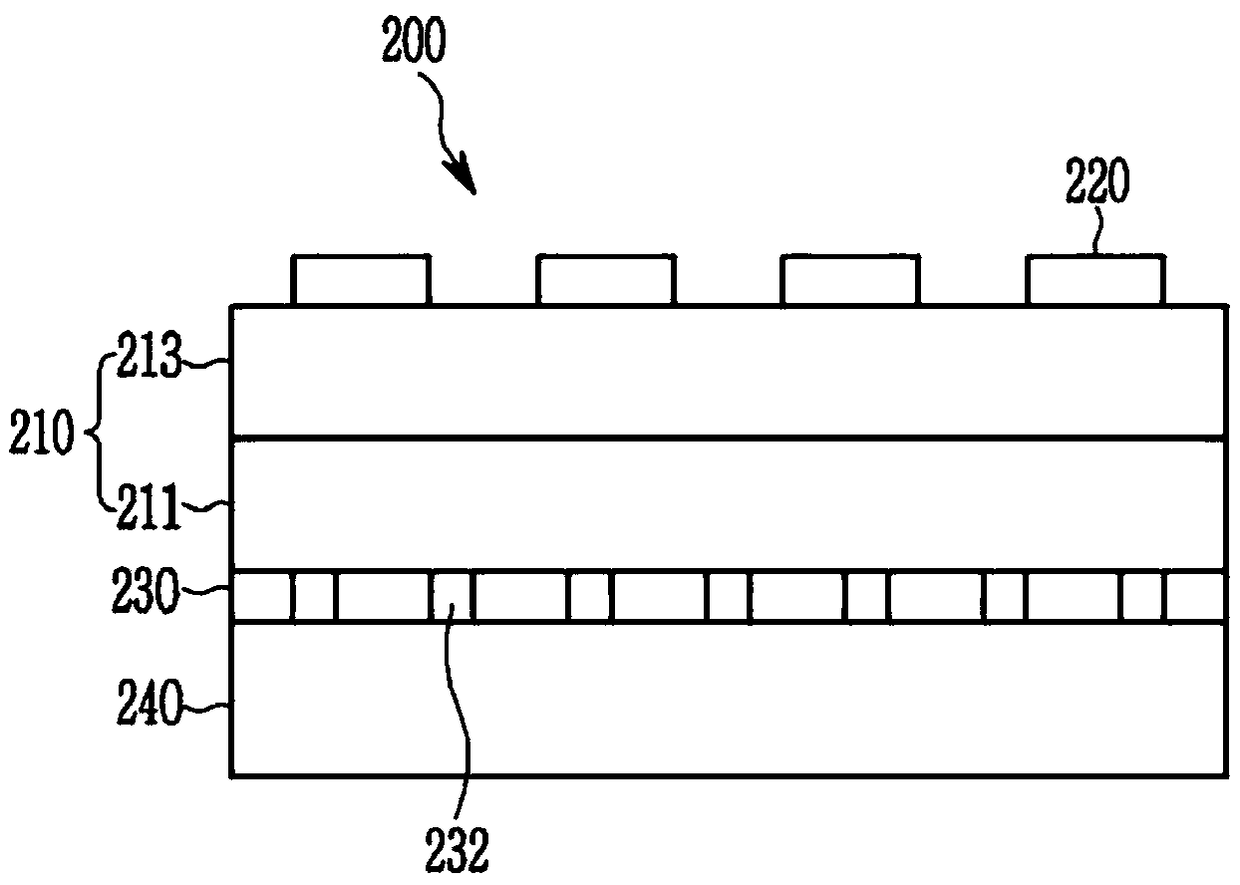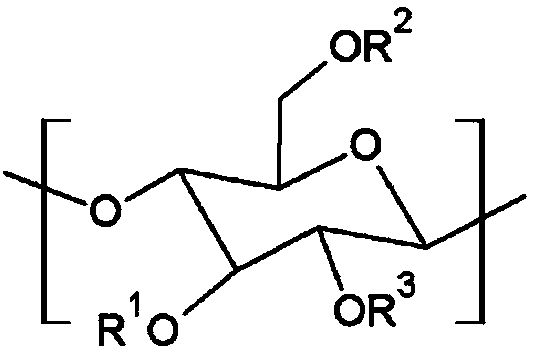Composition for forming electrode, electrode manufactured using same and solar cell
A technology of solar cells and compositions, applied in the direction of conductive materials, circuits, photovoltaic power generation, etc. dispersed in non-conductive inorganic materials, can solve problems such as defects, resistance increase, tailing phenomenon printing, etc., and achieve the goal of improving adhesion Effect
- Summary
- Abstract
- Description
- Claims
- Application Information
AI Technical Summary
Problems solved by technology
Method used
Image
Examples
Synthetic example 1
[0151]Under a nitrogen atmosphere, 50 g of ethyl cellulose (Mw=40,000, Dow Chemical Company) and 3 equivalents of ethyl cellulose having a modified methacryl group at the end (methacryl group) A silicone compound (methacryl-modified silicone, Shin-Etsu Chemical Co., Ltd.) was added to dimethyl sulfoxide (mono twice the weight of the total body weight), and the temperature in the flask was raised to 60° C. while stirring the mixture well. After taking out a predetermined amount of dimethyl sulfoxide, completely dissolve azobisisobutyronitrile (AIBN) (0.1 equivalent based on the total moles of monomers) in it, and pass the solution through the dropping funnel in a dropwise manner Slowly add to flask for radical reaction. When the addition was complete, the reaction was continued at 60° C. for 24 hours under a nitrogen atmosphere. When the reaction was completed, the resultant was repeatedly precipitated in n-hexane three times to remove non-reactants and impurities and filtere...
Synthetic example 2
[0153] Except using a modified silicone compound having an epoxy group at the terminal (epoxy-modified silicone, Shin-Etsu Chemical Co., Ltd.) instead of the modified silicone compound having a methacryl group at the terminal, and Polymer 2 having a weight average molecular weight (Mw) of 55,000 g / mol was obtained in the same manner as in Synthesis Example 1 except that tin(II) 2-ethylhexanoate was used instead of AIBN.
Synthetic example 3
[0155] Polymerization having a weight average molecular weight (Mw) of 47,000 g / mol was obtained according to the same method as in Synthesis Example 1 except that methylmethacrylate was used instead of the modified silicone compound having a methacryl group at the terminal. Object 3.
[0156] Preparation of Compositions for Forming Electrodes
PUM
| Property | Measurement | Unit |
|---|---|---|
| particle size | aaaaa | aaaaa |
| transition temperature | aaaaa | aaaaa |
| boiling point | aaaaa | aaaaa |
Abstract
Description
Claims
Application Information
 Login to View More
Login to View More - R&D
- Intellectual Property
- Life Sciences
- Materials
- Tech Scout
- Unparalleled Data Quality
- Higher Quality Content
- 60% Fewer Hallucinations
Browse by: Latest US Patents, China's latest patents, Technical Efficacy Thesaurus, Application Domain, Technology Topic, Popular Technical Reports.
© 2025 PatSnap. All rights reserved.Legal|Privacy policy|Modern Slavery Act Transparency Statement|Sitemap|About US| Contact US: help@patsnap.com



